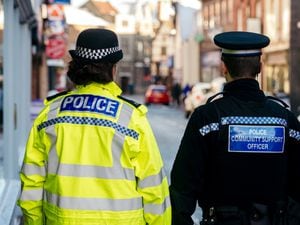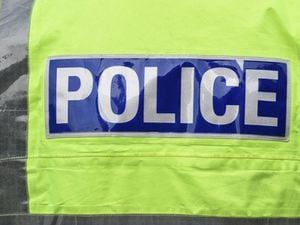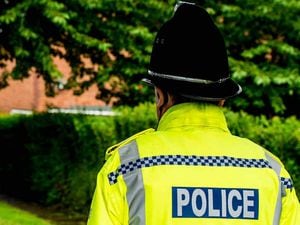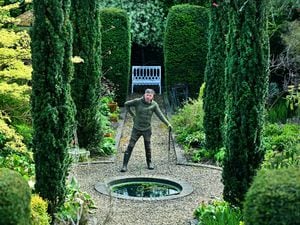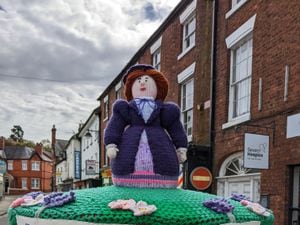How a 1952 catastrophe changed a Shropshire community forever
April 1952 – and one community in Shropshire cracked up, never to be the same.
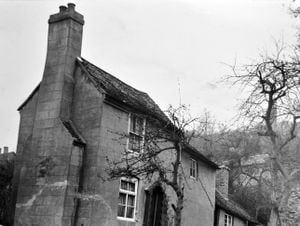
The Jackfield Slip of 70 years ago saw families forced out of their homes and part of the riverside village simply disappear.
It was not one sudden, dramatic landslide, but subsidence over days, weeks – and years – which buckled road surfaces and left homes crumbling.
The village's troubles hit national headlines, and newsreel cameras came to record the events. In early April Doug Willis of the BBC arrived to give an eyewitness account for the BBC 1 o'clock news.
Estimates vary, but it seems around 16 properties were lost over several months, either being demolished or falling down.
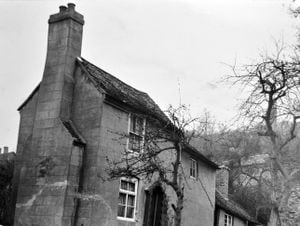
As for the reason for the slippage towards the River Severn, the experts put it down to geological factors, although the locals had a different explanation, that it was connected with the end of mine workings either side of the river, which then became flooded.
First house to be evacuated was Pear Tree Cottage in Salthouse Road. It was split in two and part of the house was left leaning at a crazy angle.
Soon five houses, and 14 residents, had to be evacuated while others were being affected by the ground movement.
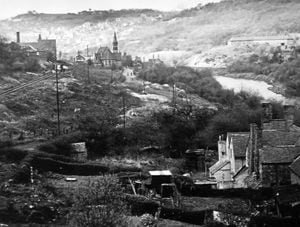
Jackfield Post Office, run by Mrs Elsie Bradburn, had to be abandoned.
Mrs Bradburn, speaking in 2002 at the time of the 50th anniversary of the catastrophe – she died the following year – recalled: "We lived opposite the Half Moon in what we called The Square. The houses started to disintegrate and the roads were in a terrible state.
"It started on what we call Birbick's Bank, which was the first house down into Salthouse Road past the church. It started splitting in the middle, with one half going one way and the other half the other way.
"My father was alive then and said they would never stop it. Then other houses started to go.
"Gradually it got worse and the Royal Mail did say to me at one time that it was getting so bad that they would not come and collect the letters."
Her own home was one of those hit.
"First of all the floor started coming up. The bricks started coming up. There were cracks in the walls. The drains were going. We had to make a move some time or another. That was when the council offered to move us to Broseley on the Wimpey estate."
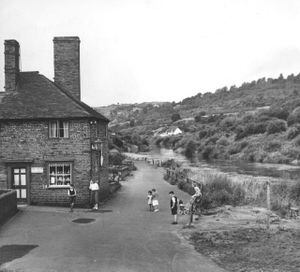
She reckoned that 19 houses were lost in the end, and not a penny was paid in compensation.
"It was a lovely village and it's gone. It's very sad they can't do anything about it," she added.
Jackfield historian Ron Miles, who is now 92, was alerted to what was happening both by a letter from home and by a billboard outside a cinema saying "Village Slipping Into River."
Ron said: "I was serving in the Coldstream Guards with the Buckingham Palace guard at the time it happened and when I came back to Wellington Barracks (in London) there was a letter from my dear mother.
"She said: 'Guess what's happened. Them down at Birbick's Bank have been pushed into the Severn.'
"She said the houses had been broken apart and mentioned the names of the people, which I have long forgotten, who lived at Birbick's Bank, which was named after the family who lived there.
"The letter said: 'You will have a surprise when you come up on your next weekend leave.' It was, three, four, or five weeks afterwards that I arrived in Jackfield and as soon as I had had my dinner at the Lloyds Head I went on foot to look at the devastation.
"I saw four houses broken apart. There were still trains thundering by then – this was before the time of the Beeching axe. The trains were also affected. In my scrapbook there's a picture of local Jackfield men from The Tuckies with crowbars in hand pushing the rail track into straight alignment. The line had been pushed riverwards."
In fact the site of Jackfield Halt had to be moved further down the line and the speed of trains on the Jackfield stretch of track was limited.

Ron added: "The residents were rehoused in council houses in Broseley, at Windsor Crescent and Elizabeth Crescent, and some of the descendants still live there, I'm quite sure."
Ron says there is nothing to see of the slip today.
"There is no trace at all. They put new roads in."
The events of 1952 were the most stark illustration of a problem in the Ironbridge Gorge which has not gone away, but a vastly expensive land stabilisation programme in recent years has at least bought surviving Jackfield some time, without curing the issue permanently.

